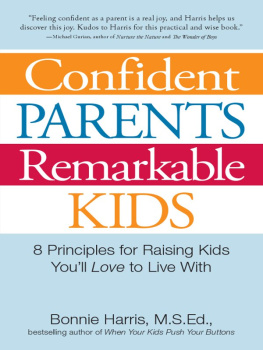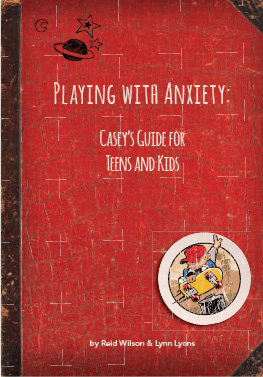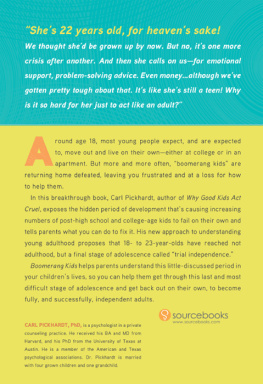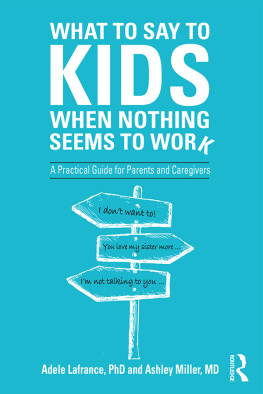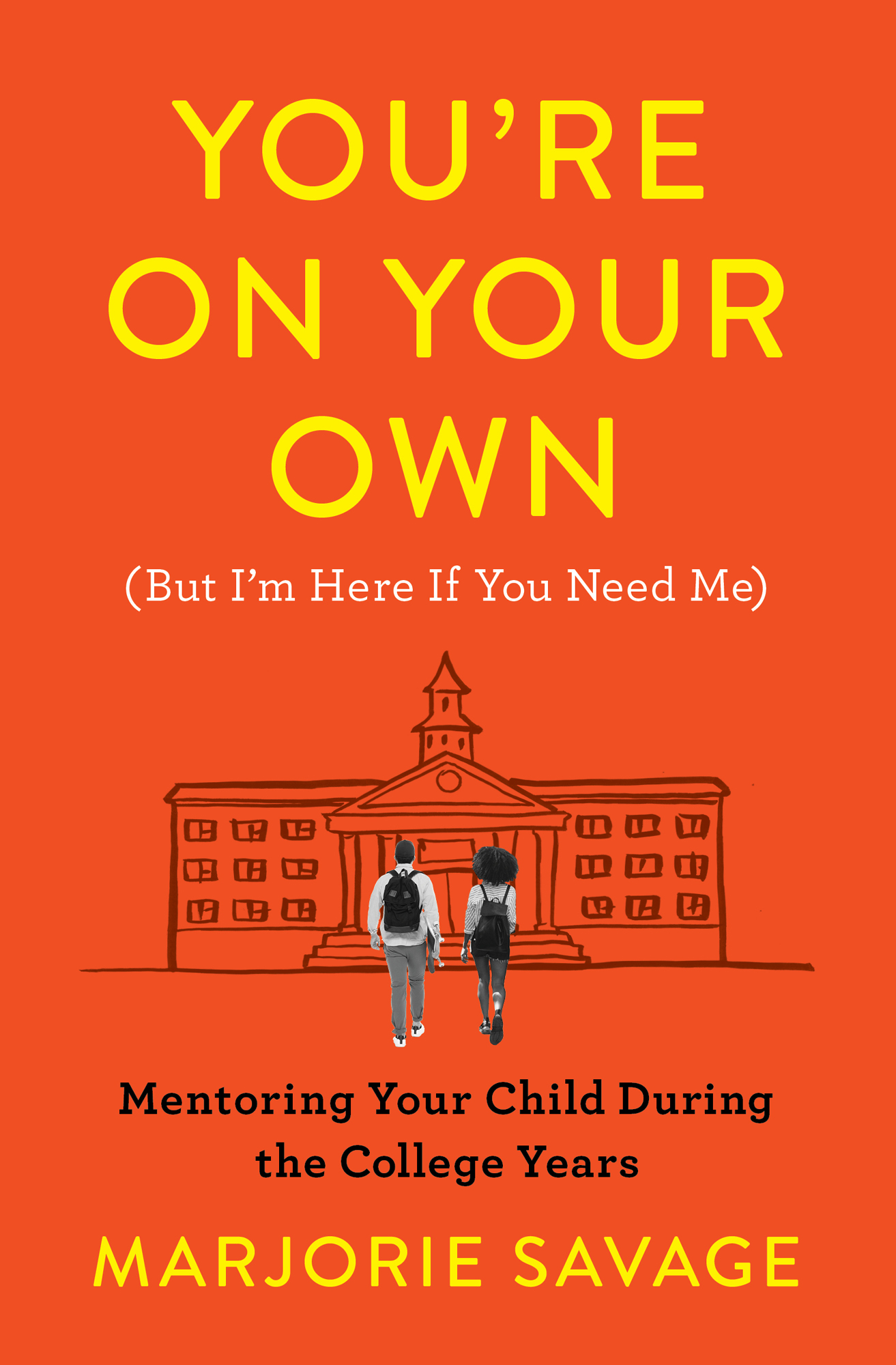Contents
Guide

TOUCHSTONE
An Imprint of Simon & Schuster, Inc.
1230 Avenue of the Americas
New York, NY 10020
www.SimonandSchuster.com
Copyright 2020 by Marjorie Barton Savage
All rights reserved, including the right to reproduce this book or portions thereof in any form whatsoever. For information, address Avid Reader Press Subsidiary Rights Department, 1230 Avenue of the Americas, New York, NY 10020.
This Touchstone paperback edition May 2020
TOUCHSTONE and colophon are trademarks of Simon & Schuster, Inc.
For information about special discounts for bulk purchases, please contact Simon & Schuster Special Sales at 1-866-506-1949 or .
The Simon & Schuster Speakers Bureau can bring authors to your live event. For more information or to book an event, contact the Simon & Schuster Speakers Bureau at 1-866-248-3049 or visit our website at www.simonspeakers.com.
Cover design by Ryan Raphael
Cover photographs by 46/iStock Getty Images Plus and Caia Image/Sam Edwards/Getty Images
The Library of Congress Cataloging-in-Publication data has been applied for.
ISBN 978-1-9821-3653-6
ISBN 978-1-4391-6628-4 (ebook)
TO ALL PARENTS, FAMILY MEMBERS, FRIENDS, AND SUPPORTERS OF COLLEGE-BOUND STUDENTS:
RELAX. YOU WILL STILL BE FAMILY LONG AFTER THE COLLEGE YEARS.
Acknowledgments
T o my colleagues across the country who work with parents and families of college students: you are the most generous, patient, thoughtful, creative, hilarious, and kind women and men in existence. There is not enough space on this page to name all of you, so I will do my best to thank you individually.
I owe special acknowledgments to my friends in higher education who helped with this book: Jodi Dworkin, Tina Falkner, Antonia Lortis, Paul Timmins, Amelious Whyte, Deanie Kepler, Chelsea Petree, Heather Pearson, Sara Nagle Newberg, and Kari Erpenbach. I am grateful for your time, knowledge, and advice.
A book doesnt get published just because someone writes it. To my literary agent, Betsy Amster: this book is the result of your encouragement and persistence.
The book is better because of Deb Parkers keen eye. Thank you, Deb.
For their enduring friendship and wisdom, I salute the Manifesto Ladies.
Most important, to my own family, Devor, Christine, Noah, and Kat: thank you for all the love and laughter.
Introduction
C ollege is more expensive, complex, and consequential today than ever before.
Without a college education, a young adults job options are limited, and wages are minimal. But a college degree requires a major financial investment. The average sticker price for just one year at a public university starts at about $25,000; at an elite private college, the cost can be three times that amount.
Its not just the expense, though. Life changes significantly when the family focus turns to college. For the student, the years of preparing for and attending college can feel like an unending series of life-altering decisions, transitions, and unpredictable events. For family members, this stage of parenting calls for new ways of guiding and supporting their child.
Thats why parents start saving for college when their children are still toddlers. Thats why families begin scheduling campus tours long before their children can fill out their first applications. Thats why parents and students stay connected, not just during the college search, but throughout the entire college experience.
Since their childrens first day of preschool, parents have been advised to be involved. Know their teachers, know their friends, know what theyre doing and who theyre doing it with. From kindergarten through high school graduation, schools fostered parent involvement by sending weeklyor even dailyupdates on classroom activities. Part of a parents nightly routine was to check the schools online portal and respond to any notes from the teachers.
That family involvement has built strong family ties. Todays college freshmen identify their parents as their best advisers and turn to them first when they need help, or when they just want someone to talk to. Meanwhile, technology has made it easier for family members to stay in touch, with options for quick text check-ins, emails for messages that dont need an immediate response, and FaceTime calls that provide visual contact.
The purpose of this book is to help families navigate the college years and recognize the typical issues and developmental stages of young adulthood. The book identifies resources for students and their families, and it offers suggestions on when parents might need to step in to help their student and when to empower the student to take responsibility.
In these pages, families will find real-life examples of college and family issues, such as
- Working with your student during the college selection process
- Coping with the mood changes of the entire family during the months leading up to move-in day on campus
- Understanding student development during the college years
- Recognizing illnesses common among college-aged students and helping your child stay healthy
- Teaching students to manage their finances
- Using this time of change as an opportunity to expand your own horizons
- Preparing for the challenges most likely to emerge as your student navigates all four years of college
- Handling the transitions you and your student will face after college graduation
The book is written for parents, grandparents, aunts, uncles, siblings, family friends, and all others who play a prominent role in supporting a college student. The words parent and family are used to represent any and all who stand as caregivers or trusted supporters for a college student. Many examples in the book are attributed as the experience of a male or female, but in nearly every case, they could happen to a student or parent of any gender.
No family will experience all the situations described in these pages. The information includes advice and suggestions for families of traditional 18- to 22-year-old students who live on campus, as well as families of commuter students, transfer students, first-generation college students, students with disabilities, families of color, and international families.
The book is presented in four sections, starting with The Path to College. This section describes the college search and ideas for beginning the transfer of responsibilities from parent to student. The second section, Early Days, examines the students initial transition to campus. It includes information about what the rest of the family experiences when a student starts college. Section three, College Culture, offers insights into campus life, with examples of how families can support their students academic, financial, social, and physical development. The last section, Focus on the Future, looks at students increasing levels of independence as they move into a first apartment, develop career plans, and graduate to jobs and adulthood. Each chapter concludes with a list of Quick Tips for Students that can be passed along to students.
The material comes from my own years of working in student affairs, parent/family services, and family development, and from the experiences of my colleagues throughout the country. The examples cited are from real-life interactions with college families, although names and identities have been changed to protect student privacy.



